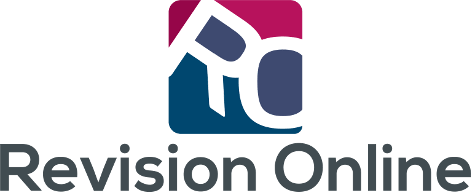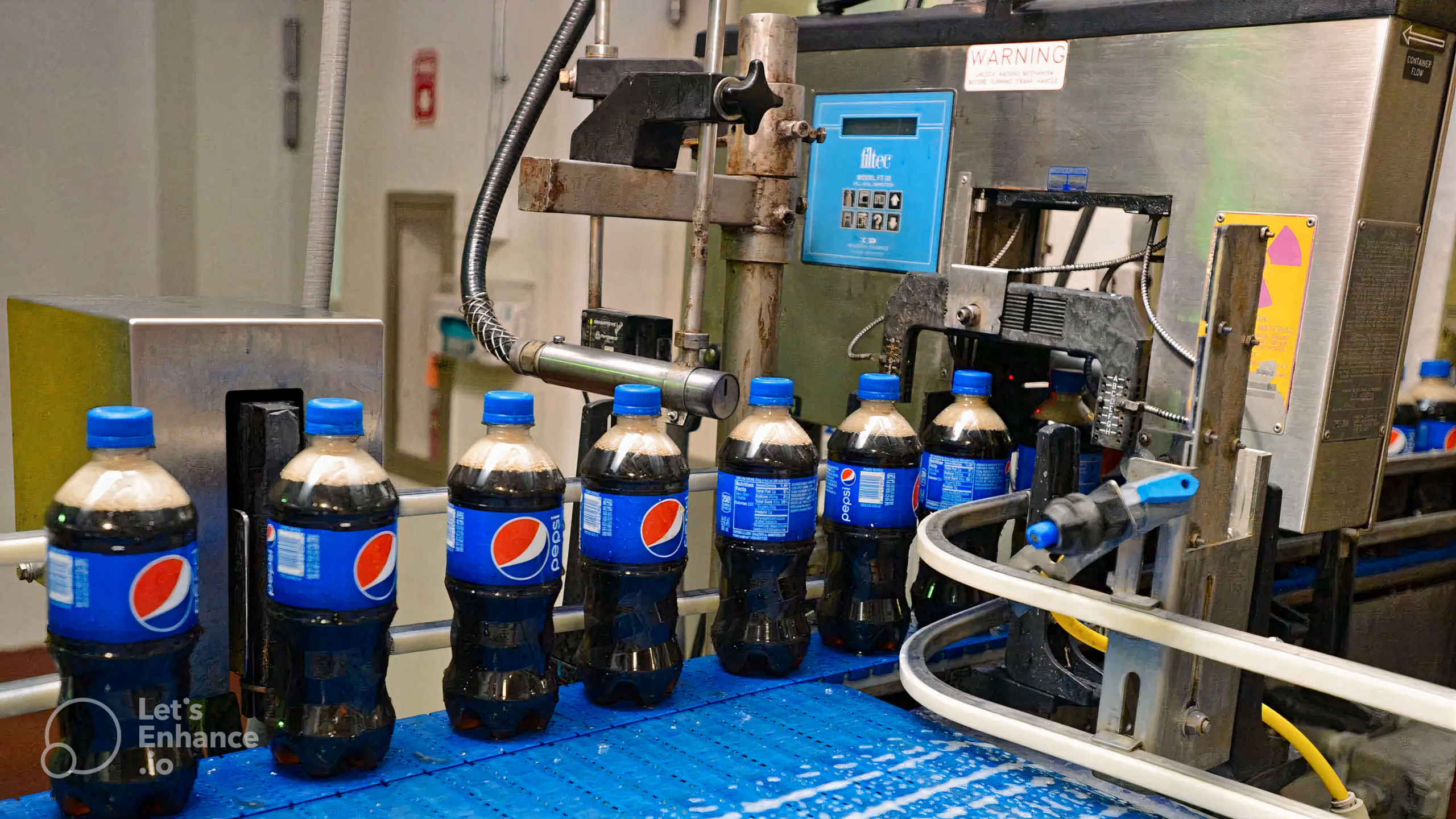- Line production is a production method used in manufacturing where a product is assembled through a series of sequential steps that are carried out along a line.
- Each worker performs a specialized task and the product moves from one worker to another until it is completed.
- This method is commonly used in industries that require high-volume production of standardized products.
Features of Line Production:
- Sequential assembly of a product along a line
- Specialized tasks for each worker
- High level of automation and use of machinery
- Little or no customization of products
- Large quantities of products are produced
Ideal Situations for Line Production:
- When there is high demand for a standardized product
- When the production process is highly repetitive and can be easily automated
- When the production process is simple and requires few materials
- When there is a need for mass production of products at low costs
Advantages of Line Production:
- High production efficiency and productivity
- Lower production costs due to economies of scale
- Greater control over the production process
- Easier to make changes to the production process if necessary
Disadvantages of Line Production:
- Lack of flexibility and adaptability to changing customer needs
- High set-up costs due to the need for specialized machinery and equipment
- Worker boredom and low job satisfaction due to repetitive and monotonous work
- Dependence on the smooth functioning of each stage of the production process.




